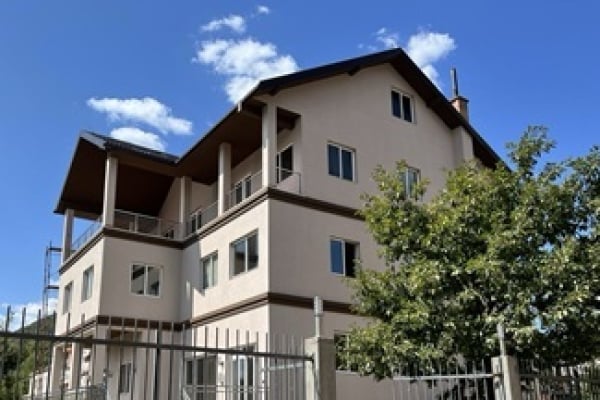
Collaboration Between Churches
Christian Zebley is the pastor of the West Tokyo Union Church and the church planter of the Redeemer Church of Roppongi. He gives us a brief history of English-speaking churches in Japan and, in doing so, provides a compelling illustration of the potential of collaboration between English-speaking international churches and national believers.
Collaboration Between Churches
by Christian Zebley, Pastor of West Tokyo Union Church
Japan’s population of nearly 127 million is considered the second largest unreached people group in the world, just behind Bangladesh. The Japanese church is growing as young people embrace faith in the backdrop of increasing globalization, the breakdown of traditional values, new immigration, and the daily influx of thousands of tourists.
English-speaking churches have been forerunners in Japan since the Protestant mission period begin in 1859. Japan had just reopened to the outside world from an isolated period of more than 220 years.
A few years later, in 1872, the first three Protestant missionaries to enter Japan worked with Japanese believers to organize two of the first Protestant churches in the country: the English-speaking Yokohama Union Church and the Japanese-speaking Kaigan Church.
As Christianity began to emerge, local believers and missionaries worked together to evangelize, disciple new believers, plant churches, create Bible translations, and establish Christian schools, hospitals, and orphanages.
In those days, missionaries often worshiped in Japanese with local believers in the morning and in English with missionary colleagues in the afternoon. This pattern was obviously colonial in many respects. However, from these missionary roots grew the informal Union church network in Japan.
These Union churches are now multicultural and not just for expats — Japanese and foreign believers come together to worship and fellowship in the English language. Often, the Japanese believers in a Union church have relationships with national churches, too. In this way, the Union churches in Japan function as a link between the foreign and local Christian communities.
My church, West Tokyo Union Church, is also planting a bilingual church in the urban center of Tokyo: the Redeemer Church of Roppongi. Today, Japanese and foreign pastors often work together on church planting teams. I work alongside local pastors who are leading their own congregations (see Redeemer City to City Asia).
International churches are growing in Japan because foreigners in cities like Tokyo, Nagoya, and Osaka launch new congregations to which Japanese are drawn to attend. Some are led by foreign pastors; others are led by Japanese pastors. All have some element of bilingual worship and teaching.
The division between national churches and foreign churches from the 1800s is giving way to a new wave of bilingual, multicultural churches that represent the diversity of this country.
In Japan, “The harvest is plentiful, but the workers are few” (Matthew 9:37). God has continuously called both Japanese and foreign workers into this harvest over the centuries. Please pray for God’s church in Japan.
.png)

 By John Spadafora
By John Spadafora










